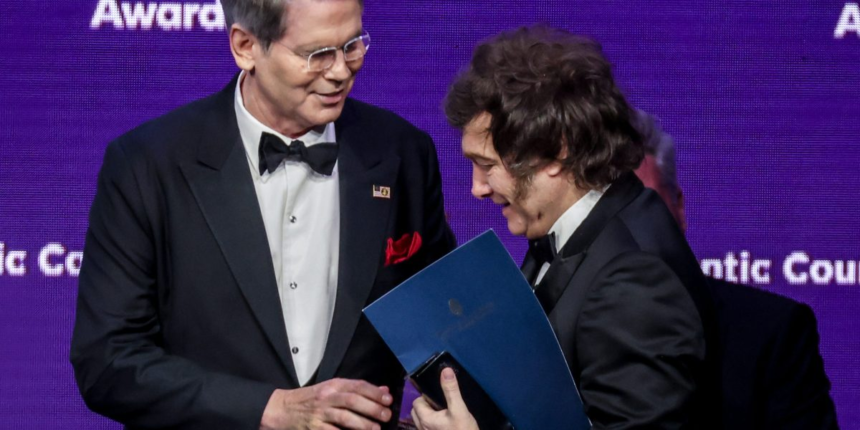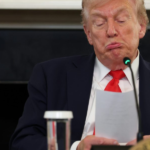The US rushed to stabilize Argentina’s economy on Thursday, offering $20 billion in financing and carrying out a rare intervention in currency markets to prop up the peso after weeks of sharp declines.
“The US Treasury is prepared, immediately, to take whatever exceptional measures are warranted to provide stability to markets,” Bessent said.
Bessent characterized Argentina’s woes as “a moment of acute illiquidity,” suggesting he doesn’t see a fundamental issue with its ability to make good on its debt. It isn’t immediately clear what the US is asking of Argentina in return for its aid. Milei has denied that the US asked Argentina to get rid of a separate $18 billion swap line with China.
While speculation had risen before Bessent’s announcement that the US might press Argentina to allow a free float of the peso, the Treasury chief said the country’s “exchange rate band remains fit for purpose.”
This is a modal window.
The media could not be loaded, either because the server or network failed or because the format is not supported.
“Argentina’s policies, when anchored on fiscal discipline, are sound,” Bessent said. He also said he discussed potential investment incentives for US companies who may want to do business in Argentina.
Argentina’s dollar bonds jumped across the curve, with some of the nation’s most liquid notes up more than 4 cents on the dollar to session highs. The peso, which started the day down 2.7% as local authorities stayed out of the market for the first time in more than a week, ended it 0.7% higher against the dollar.
Trump and Milei will meet at the White House Oct. 14. in their second sit-down, after they held talks on the sidelines of the UN General Assembly in New York in September.
The announcements follow several days of US discussions with Argentina’s economic team, including Economy Minister Luis Caputo, who had also met this week with International Monetary Fund Managing Director Kristalina Georgieva. Argentina is by far the Fund’s biggest debtor, owing some $55 billion after a string of bailouts.
The new bilateral “swap” would likely be different from the swap lines that the Federal Reserve has with other developed-economy central banks, and more reminiscent of tools used by Washington to bail out Mexico three decades ago.
Although the US help may help stabilize Argentina’s volatile markets for now, it’s already been questioned on both sides of the aisle in Washington for conflicting with Trump’s “America First” agenda.
For his part, Milei has repeatedly said government isn’t the solution while wielding a chainsaw to symbolize federal spending cuts in Argentina. After promising to close his central bank during his campaign two years ago, the currency swap line now runs through it.
Trump’s financial lifeline for Milei comes on top of the US supporting a separate $20 billion April agreement for Argentina with the IMF. That was Argentina’s third bailout from the fund since Trump’s first term.









